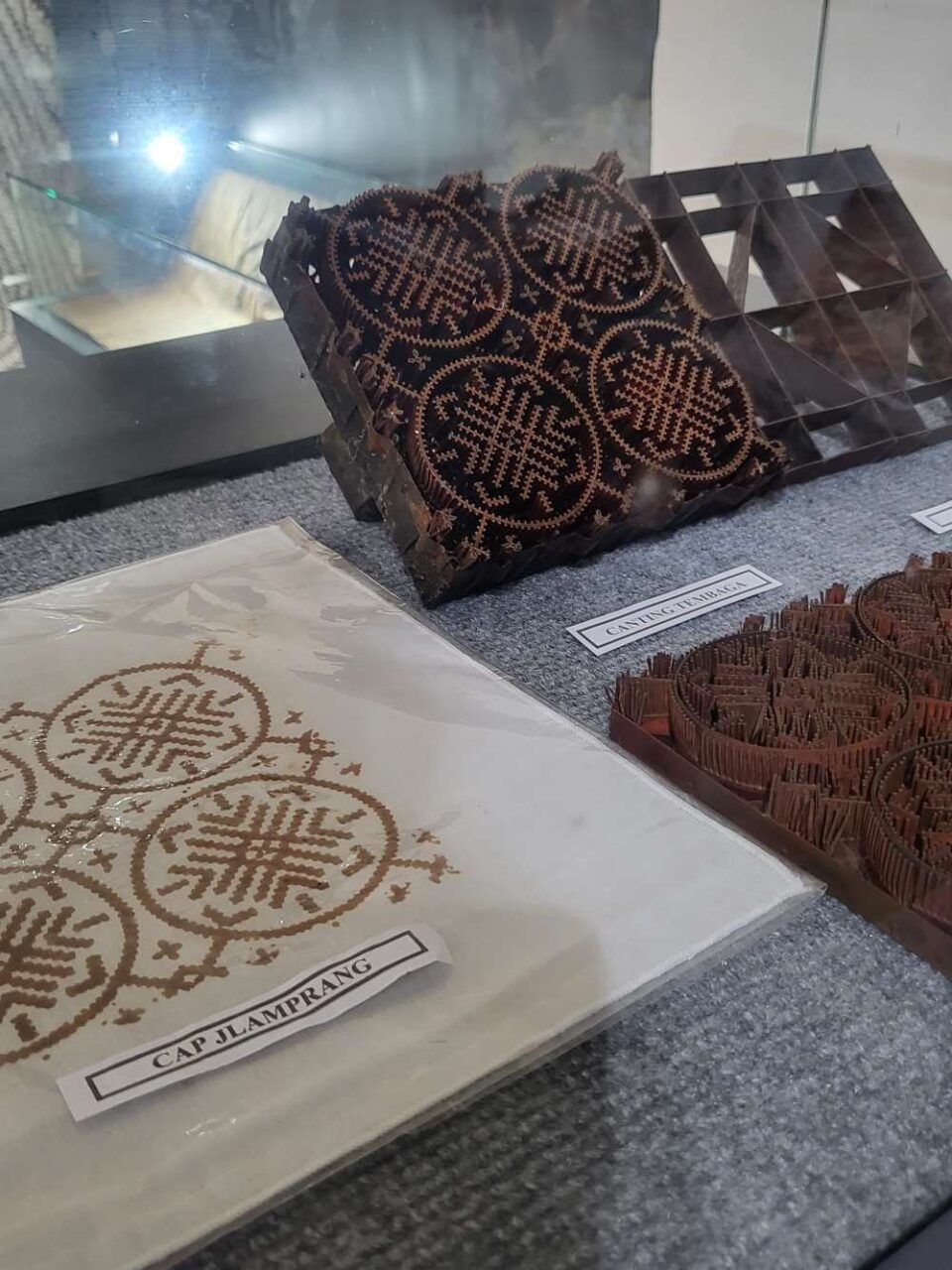Batik Pekalongan’s history traces back to the 1800s when numerous batik enterprises emerged across various locations. These batik businesses continue today, with batik being exported to foreign markets. As the popularity and demand for batik continue to increase, safeguarding the authenticity of batik designs becomes imperative.
Currently, the challenges of batik design plagiarism are common due to the inadequate registration of design copyrights. In Pekalongan, only a small number of the existing 96 batik designs have obtained copyright.

Moreover, to fulfill the demand, the textile sector manufactures fabrics with batik motifs, which fundamentally aren’t authentic batik products. Furthermore, numerous fabrics with batik motifs enter the market from abroad with lower prices and quality. This causes competition between authentic batik products and their imitations. Compounded by consumers’ limited understanding of batik products.
Addressing this, prioritizing copyright registration for Pekalongan’s batik designs is crucial. Concurrently, initiatives such as promoting design copyright awareness, conducting design training, and consistently documenting batik designs need to be undertaken regularly.





